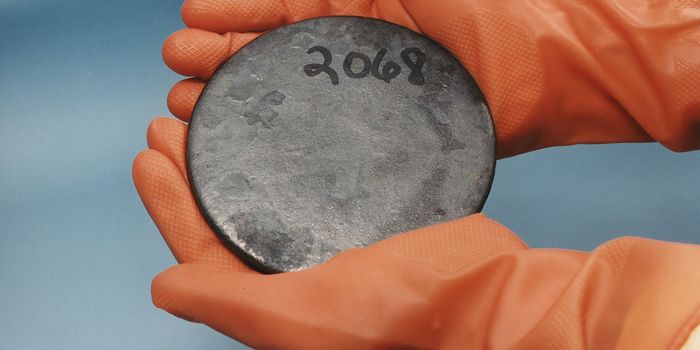Competition of Different Photosynthesis Mechanisms might Have Slowed Down Oxygenation of the Prehistoric Earth
Long before Earth became a hotbed for a diversity of life forms, its atmosphere had almost no oxygen. Thanks to the emergence of photosynthesis inside primordial microbes, our planet gradually switched to an oxygen-rich atmosphere.
In a recent publication, a group of U.S. and Canadian microbiologists reported that if it is not for anoxygenic photosynthesis, an older form of photosynthesis, our planet could have gotten its oxygen almost one billion years earlier.
At the very beginning of Earth's existence, its atmosphere was primarily hydrogen, the left-over of the making of a star—our sun, with a small amount of water vapor, methane, and ammonia. Then came the volcanic activity and bombardment of asteroids, adding nitrogen, carbon dioxide, and noble gases to the atmosphere.
About 3 billion years ago, the bio-transformation of our planet finally occurred with the emergence of oxygenic photosynthesis, a process that converts electromagnetic energy (light) into chemical fuel (sugars) with oxygen released as a byproduct. These days, most plants, algae, and cyanobacteria perform this type of photosynthesis. But the math does not add up as scientists looked closer into the time it took for oxygen gas to rise up our atmosphere—it was way too long.
So what slowed down the oxygenation of Earth?
Using a multi-disciplinary approach that combines experimental microbiology, genomic analyses, and Earth system modeling, researchers at the University of British Columbia in Vancouver, BC and NASA's Astrobiology Institute took a deep dive into the prehistoric biosphere, and traced the cause to an unusual suspect—the iron(Fe)-oxidizing microbes.
Around 2.5 billion years ago, with almost no oxygen in the atmosphere, Earth's early oceans were rich in ferrous (Fe(II)). With easy access to Fe(II) and carbon dioxide in the air, the ancient anoxygenic photosynthesizers can generate their fuel. The process generates Fe(III) oxide, basically rust, as the by-product instead of oxygen gas.
Multiple lines of evidence in the joint research showed that the iron-oxidizing, photosynthesizing microbes are “fierce competitors for light and nutrients,” which led to a slow global oxygen release.
Commenting on their work, Kazumi Ozaki, the first author and a newly appointed assistant professor at Japan's Toho University said: “We propose that their ability to outcompete oxygen-producing photosynthesizers is an important component of Earth’s global oxygen cycle.”
What's more intriguing, the team of microbiologists also believed that they found a potential feedback loop within the coupled nutrient cycle (including essential elements such as carbon, phosphate, oxygen, and iron) among all creatures at the time, which might have tipped the balance in the favor of oxygenic photosynthesis.
That Time Oxygen Almost Killed Everything (PBS Eons)
This feedback mechanism could have caused the "runaway planetary oxygenation", during which the amount of atmospheric O2 rose quickly and substantially. The altered atmospheric pressure increased oxygen concentration in the seawater and subsequently had most Fe(II) oxidized into rust, eliminating the sole life-dependent substrate for all iron-oxidizing microbes.
Their results not only led to a deeper understanding of intertwining relationship between the evolution of early life forms and the transformation of Earth’s atmosphere, but also provided astrobiologists a sneak peek into how oxygenation could happen on exoplanets.
This latest research was published in the journal Nature.
Source: ZME Science









